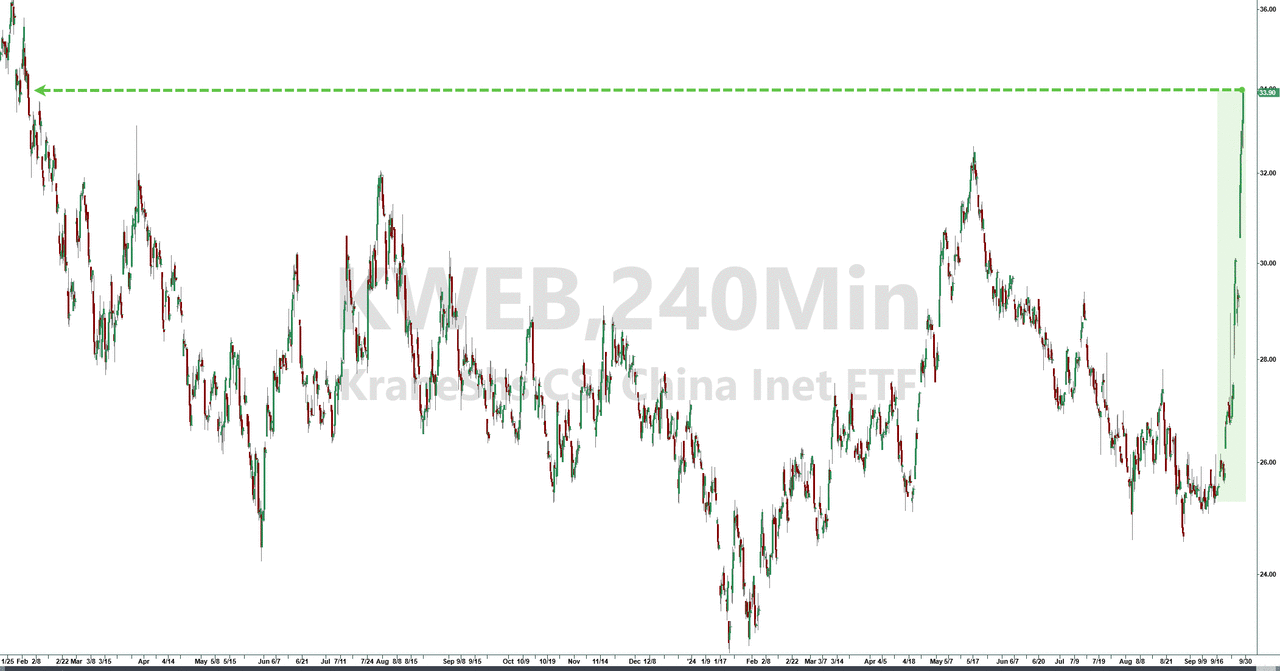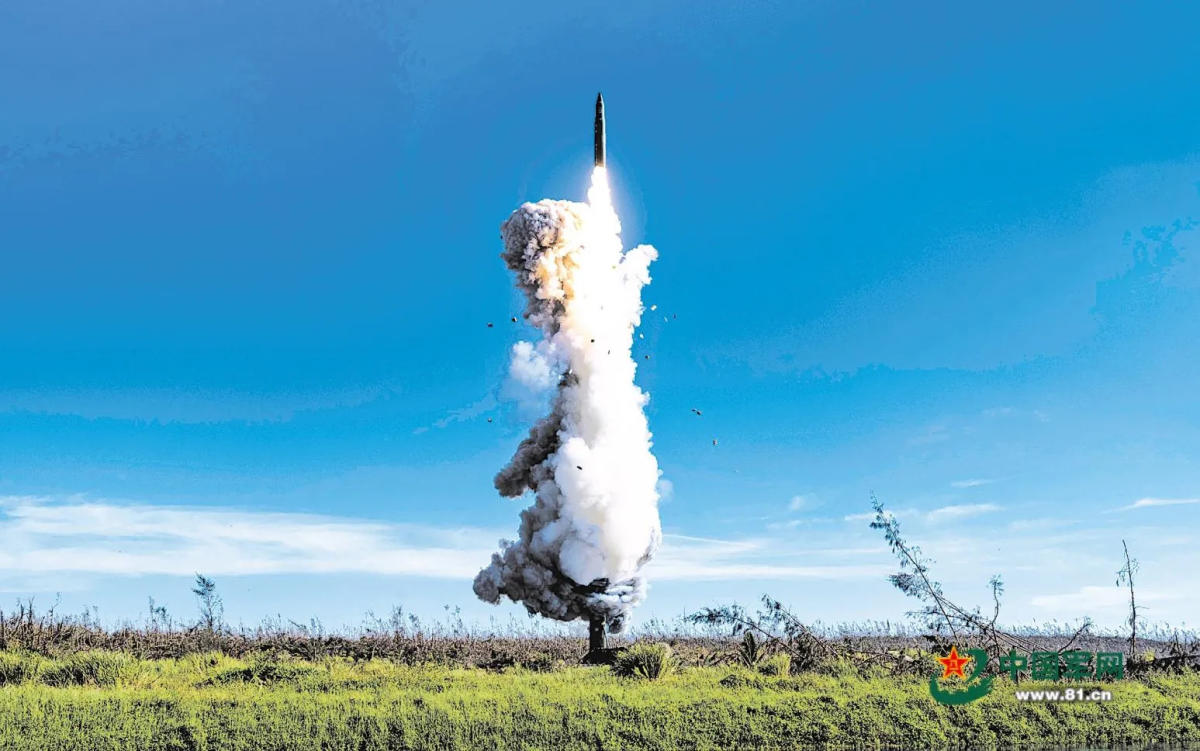
In "Margin Call," the problem revolves around a financial crisis within an investment bank that discovers it has significant exposure to toxic assets—essentially, risky investments that are likely to lose value.
Here's a breakdown of the key points:
Discovery of Risk: The film starts when a junior risk analyst discovers that the company's financial situation is much worse than anyone realized. They have a large amount of mortgage-backed securities that are likely to plummet in value.
Panic and Urgency: As the news spreads, the executives become increasingly nervous. They realize that if they don't act quickly, the company's losses could lead to bankruptcy. This urgency is heightened by the fact that the financial markets are already unstable.
Decision to Sell: To mitigate their losses and avoid collapse, the company decides to sell off these toxic assets as quickly as possible. They know that if they wait, the value of these assets will drop even further, making it impossible to recover their investments.
Moral Dilemma: The executives are also faced with a moral dilemma. They are aware that selling these assets to other investors will likely lead to those investors suffering significant losses. However, their priority is to save their own company.
In summary, the company sold everything out of fear of imminent financial ruin, driven by the urgent need to protect themselves from the fallout of their risky investments. The nervousness stemmed from the realization of how precarious their situation was and the potential for a larger financial crisis.








